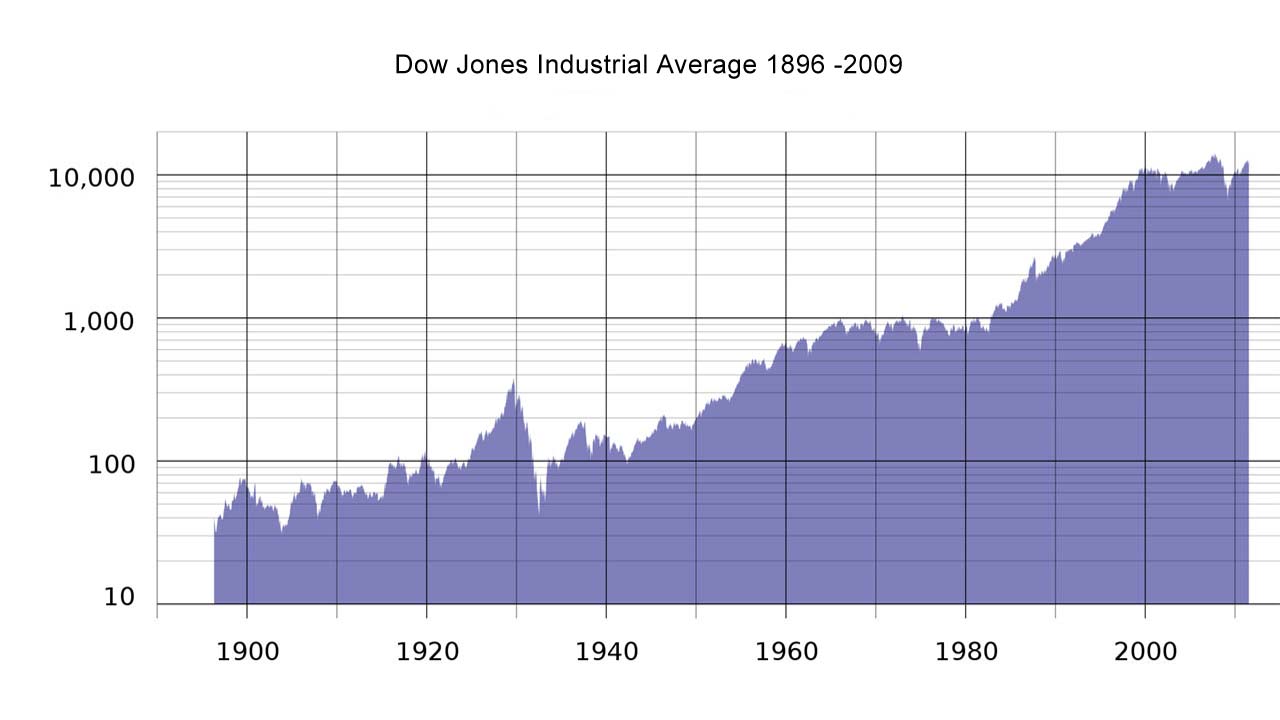Investing in stocks can be an exciting and potentially profitable venture. While many investors focus on high-priced stocks, there is a whole world of opportunities available with low-priced stocks. In this article, we will explore the appeal of stocks under 10 cents and discuss the best strategies for investing in them.
Stocks Under 10 Cents
Low-priced stocks, also known as penny stocks, have a certain appeal for investors. These stocks trade below 10 cents per share and offer the potential for significant returns on investment. Buying shares at such low prices allows beginner investors to diversify their portfolio without spending much.
However, there are risks involved, including increased volatility and liquidity concerns. Penny stocks can experience sharp price fluctuations and may lack sufficient trading volume. Investors must be cautious of fraudulent schemes targeting penny stock investors and conduct thorough research before investing in this category.
Best Online Brokers for Stocks Under 10 Cents
When investing in low-priced stocks, choosing the right online broker is crucial. Look for brokers with user-friendly platforms, educational resources, and research tools tailored for low-priced stocks. Popular options include Robinhood, TD Ameritrade, E*TRADE, and Fidelity. Consider fees and quality customer support when evaluating brokers.
Finding a broker that caters to this niche market segment can enhance your chances of success in trading stocks under 10 cents.
Key Features to Look for in Stocks Under 10 Cents
Identifying promising low-priced stocks requires a keen eye for certain key features. When evaluating stocks under 10 cents, there are several factors to consider that can help increase the likelihood of finding potential winners.
One crucial aspect to focus on when assessing stocks under 10 cents is the company’s financial health and growth potential. Look for companies with solid financial fundamentals, such as positive earnings growth, healthy balance sheets, and sustainable revenue streams.
These indicators suggest that the company is well-positioned to weather market fluctuations and generate consistent returns over time. By investing in companies demonstrating consistent growth potential, you increase your chances of reaping substantial rewards in the long run.
Understanding industry trends and market conditions is vital when investing in low-priced stocks. Take the time to analyze the sector in which the company operates, considering factors such as technological advancements, regulatory changes, and competitive landscape.
A comprehensive understanding of these factors enables you to make informed decisions about which stocks have the greatest potential for success.
By staying informed about industry trends, you can identify companies operating within sectors poised for growth. Technological advancements often drive change within industries, creating new opportunities for innovative companies to rise.
Similarly, keeping an eye on regulatory changes allows you to anticipate how they may impact specific sectors or companies positively or negatively. Additionally, assessing the competitive landscape can highlight emerging players or indicate a company’s ability to differentiate itself from competitors successfully.
By considering these key features when evaluating low-priced stocks under 10 cents, you can position yourself for potentially lucrative investment opportunities. Remember that thorough research is essential before making any investment decisions, regardless of stock price.
Are Penny Stocks Risky?
Penny stocks have a reputation for being risky investments, but not all of them are scams or destined to fail. While there are risks involved, careful research can lead to profitable opportunities.
The primary risks associated with penny stocks are their volatility and lack of liquidity. These stocks can experience significant price fluctuations and may be difficult to buy or sell in large quantities. Additionally, they can be vulnerable to manipulation by unscrupulous individuals or organizations.
To mitigate these risks, investors should educate themselves about the company behind the stock, analyze financial statements, and understand market trends. Diversifying one’s portfolio and assessing risk tolerance are also important factors to consider when investing in penny stocks.
Decreasing Risk When Investing in Penny Stocks
To decrease the risks associated with penny stocks, implement risk management strategies such as diversifying your portfolio and conducting thorough research. Diversification involves spreading investments across different sectors and companies to minimize the impact of any single stock’s poor performance.
By setting realistic expectations and conducting thorough research, you can avoid falling into the trap of unrealistic returns and make well-informed investment decisions. Analyze financial statements, evaluate key performance indicators, and stay informed about industry trends to anticipate market movements.
Remember that penny stocks carry inherent risks, but by implementing these strategies consistently, you can navigate this investment space with greater confidence.
Conclusion: Unleashing the Potential of Penny Stocks for Aspiring Investors
[lyte id=’wx9FCo71jqY’]





